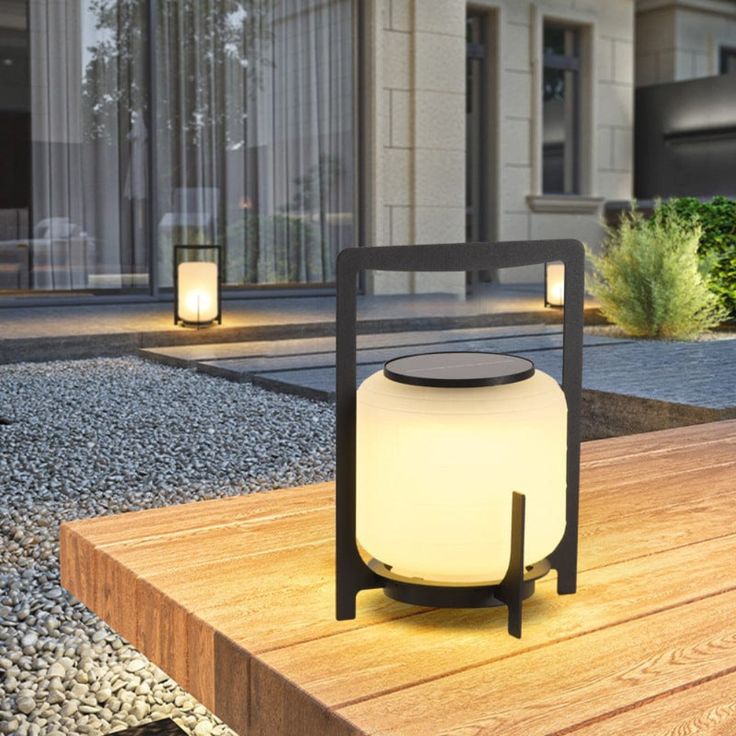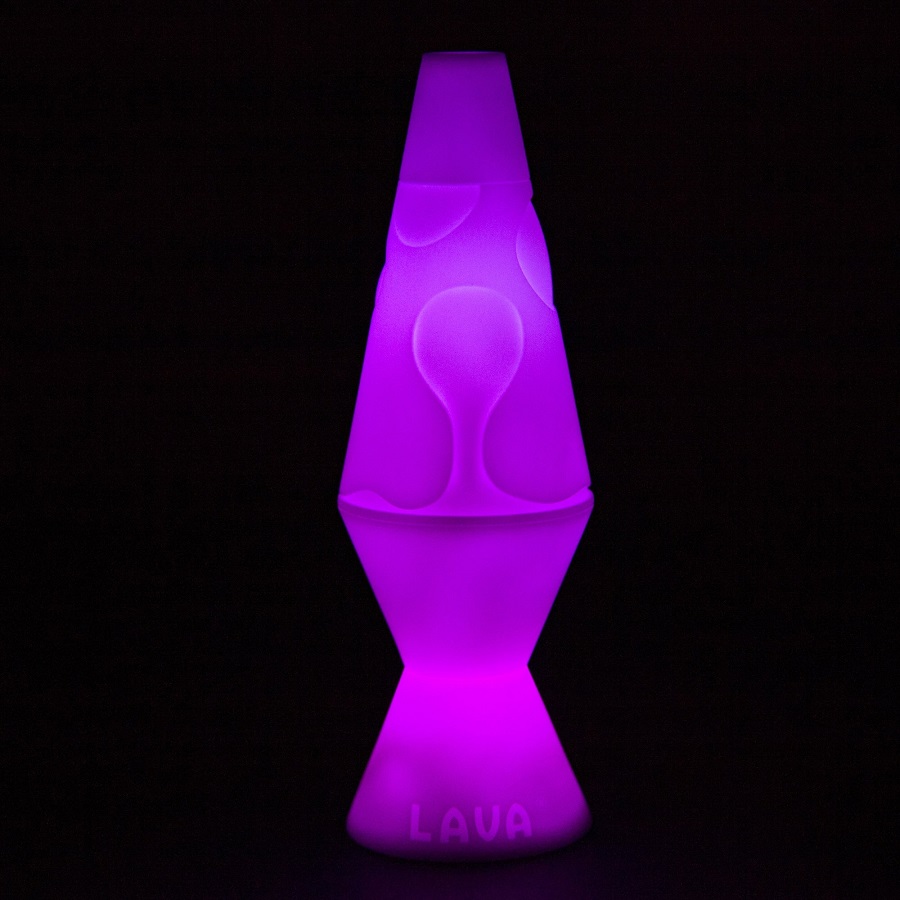 Introduction:
Introduction:
Removing a chandelier can seem as daunting a task as installing a chandelier, but with the right approach and precautions, it can be a straightforward and safe process. Whether you are replacing a chandelier, cleaning it, or making repairs, knowing how to remove it properly is essential. In this comprehensive guide, we will provide a step-by-step approach to safely remove a chandelier, ensuring your task is completed efficiently and without any damage.
Chandeliers have several distinctive characteristics :
Grandeur and Elegance: Chandeliers are known for their grand and elegant appearance. They often feature intricate designs, ornate details, and high-quality materials, giving them a luxurious and opulent feel.
Focal Point: Chandeliers serve as a focal point in a room, drawing attention and creating a statement. Their size, design, and placement make them a visually striking element that enhances the overall aesthetic of the space.
Lighting Ambiance: Chandeliers provide more than just functional lighting. They also create an atmosphere and set the mood in a room. The soft and diffused glow from a chandelier can add warmth, charm, and a touch of romance to the surroundings.
 Materials:
Materials:
Crystal:
Crystal chandeliers are popular for their elegant and luxurious look. They are often made with high-quality cut-glass crystals that reflect and refract light, creating a sparkling effect.
Metal:
Metal chandeliers are versatile and come in various finishes such as brass, bronze, chrome, or wrought iron. They can range from traditional to modern styles, depending on the design and finish.
Glass:
Glass chandeliers feature glass components like shades, prisms, or blown glass ornaments. They can provide a sleek and contemporary look or a more traditional and ornate appearance.
Fabric:
Some chandeliers incorporate fabric elements such as shades or fabric-wrapped cords. Fabric shades can soften the lighting and add a touch of warmth to the overall design.
Types:
Traditional: Traditional chandeliers feature classic designs with intricate details, ornate metalwork, and crystal accents. They often have candle-style lights or bulb holders.
Modern/Contemporary: Modern chandeliers embody sleek and minimalist designs. They may feature clean lines, geometric shapes, and innovative materials. Contemporary chandeliers often use LED lights for energy efficiency.
Transitional: Transitional chandeliers blend elements of both traditional and modern styles. They combine classic elements with simplified lines, creating a balance between traditional elegance and contemporary simplicity.
Rustic/Farmhouse: Rustic or farmhouse chandeliers often have a more rustic and weathered appearance. They can feature materials like wood, wrought iron, or distressed finishes, evoking a cozy and vintage-inspired atmosphere.
 Trends:
Trends:
Mixed Materials: Chandeliers that incorporate a mix of materials, such as metal and crystal or wood and glass, have become trendy. This combination adds visual interest and creates a unique focal point in a room.
Bold Designs: Chandeliers with bold and eye-catching designs are gaining popularity. These may include oversized fixtures, asymmetrical shapes, or unconventional materials, making a statement in the space.
Art Deco Revival: The resurgence of Art Deco style has influenced chandelier designs. Art Deco chandeliers often feature geometric shapes, mirrored surfaces, and luxurious materials, bringing a touch of glamour and elegance.
Energy Efficiency: With an increasing focus on sustainability, energy-efficient chandeliers are in demand. LED lighting technology is commonly used in modern chandeliers, offering longevity, energy savings, and versatility in terms of color temperature and dimming options.
These trends showcase the diversity and evolving designs of chandeliers, allowing homeowners to find the perfect fixture that fits their desired style and lighting needs.
Preparing for Chandelier Removal
Turn Off the Power:
Before attempting to remove a chandelier, turn off the power supply to the fixture at the circuit breaker.
This step ensures your safety by preventing any electrical shocks during the removal process.
Gather Necessary Tools:
Make sure you have the appropriate tools and equipment for removing the chandelier.
Common tools needed include a ladder, screwdriver or electrical pliers, electrical tape, wire nuts, and a non-contact voltage tester.
Protect the Area:
Lay down drop cloths or plastic sheets to protect the surrounding area from falling debris or potential damage during the removal process.
Ensure the area is well-lit to ensure visibility while working.
Removing the Chandelier
Disconnect Electrical Connections:
Use a non-contact voltage tester to confirm that the power is off before proceeding.
Disconnect the electrical connections by unscrewing the wire nuts that connect the chandelier wires to the circuit wires.
Use electrical tape to secure the disconnected wires to prevent them from falling back into the electrical box.
Remove Decorative Elements:
If your chandelier has decorative elements, remove them carefully to avoid damage.
Depending on the design, there may be crystals, shades, or other ornamentation that need to be unscrewed or unclipped.
Remove Mounting Hardware:
Loosen the screws or bolts that secure the chandelier bracket or mounting strap to the ceiling electrical box.
Gently lower the chandelier to a suitable height, ensuring you have a firm grip on the fixture to prevent it from falling.
 Finishing Touches
Finishing Touches
Cap and Insulate Wires:
Once the chandelier is removed, cap the exposed wires with wire nuts and wrap them with electrical tape.
This helps prevent any accidental contact or short circuits while the electrical box is exposed.
Install a Temporary Cover:
To ensure safety, replace the removed chandelier with a temporary ceiling cover until you are ready to install a new fixture.
Use a plastic or metal ceiling cap, readily available at hardware stores, to cover the electrical box and protect from dust or debris.
Safety Precautions
Use a Proper Ladder:
Ensure you use a sturdy and stable ladder to access the chandelier safely.
Choose a ladder that can reach the appropriate height without overstretching or compromising stability.
Seek Professional Help If Needed:
If you are unsure about removing a chandelier or if it is particularly heavy or complex, it is advisable to seek professional assistance.
Professional electricians or lighting specialists have the skills and experience to safely remove and handle chandeliers of any size or complexity.
 Conclusion:
Conclusion:
Removing a chandelier can be a simple and safe process when approached with the right tools and knowledge. By following the step-by-step guide provided, you can ensure a smooth removal without any damage or safety hazards. Remember to turn off the power, gather the necessary tools, and protect the surrounding area before starting. Take precautions while disconnecting electrical connections, removing decorative elements, and uninstalling the mounting hardware. Lastly, cap and insulate the wires and install a temporary cover until you are ready to install a new chandelier. With these guidelines, you can confidently remove a chandelier, allowing you to proceed with your desired maintenance, cleaning, or replacement tasks.


